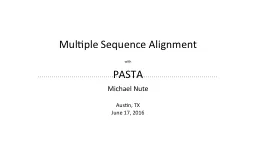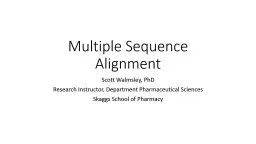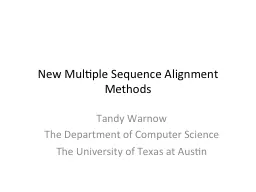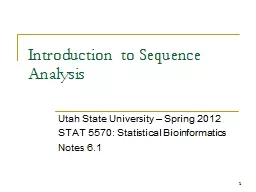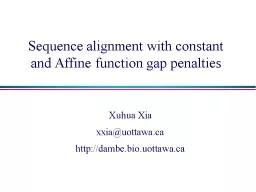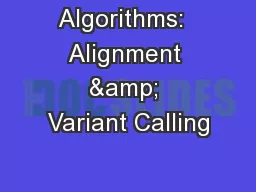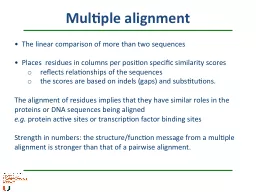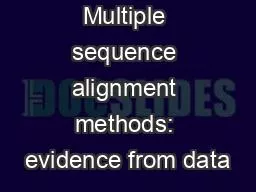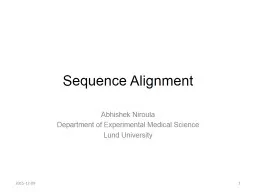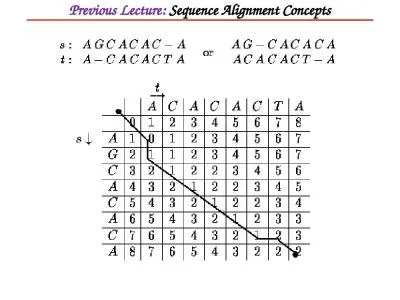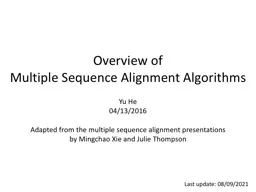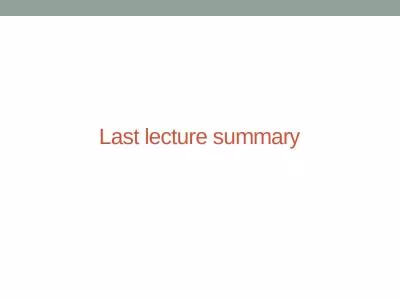PPT-Multiple Sequence Alignment
Author : alexa-scheidler | Published Date : 2017-06-27
with PASTA Michael Nute Austin TX June 17 2016 Agenda Quick recap of PASTA Algorithm Run the GUI Explore GUI options and what they do in terms of PASTA Run a test
Presentation Embed Code
Download Presentation
Download Presentation The PPT/PDF document "Multiple Sequence Alignment" is the property of its rightful owner. Permission is granted to download and print the materials on this website for personal, non-commercial use only, and to display it on your personal computer provided you do not modify the materials and that you retain all copyright notices contained in the materials. By downloading content from our website, you accept the terms of this agreement.
Multiple Sequence Alignment: Transcript
Download Rules Of Document
"Multiple Sequence Alignment"The content belongs to its owner. You may download and print it for personal use, without modification, and keep all copyright notices. By downloading, you agree to these terms.
Related Documents

